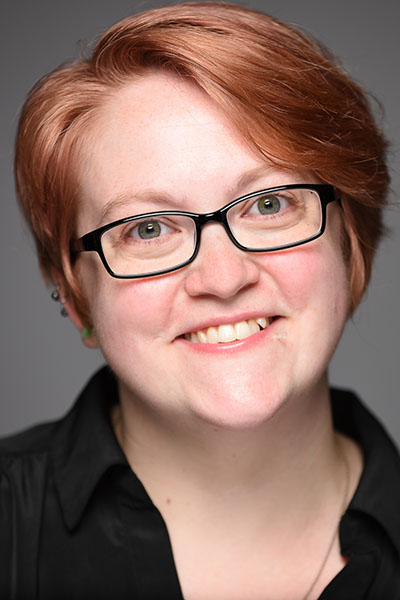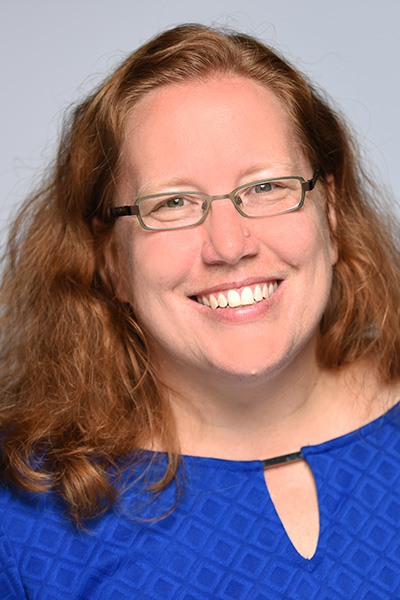
Every year, J&J offers employees the opportunity to broaden their expertise by identifying a key publishing skill they would like to add to their repertoire and participate in a company-wide job shadowing program. The program matches each participant with a skilled employee in a different service division or role in the company. For instance, a peer review-focused managing editor might sit with a production editor as they push manuscripts through a workflow, assigning papers to copyeditors, communicating with authors, and proofing typeset PDFs. Each employee is afforded the opportunity to discuss their unique experiences at J&J in an environment designed to foster growth for both employees.
“We work on such a wide variety of projects and clients at J&J,” said Brit Stamey, Copyediting Services Coordinator and one of the Job Shadowing Program Coordinators, “that as we grow it becomes difficult for any employee to know about all these varied projects and tasks. This can make it difficult for employees to know what they may like (or not like) to work on next but also for them to just understand what their fellow J&Jers are working on. As we have grown in size, it is also harder to know everyone in the company, especially if they work on other projects. The Job Shadowing program gives J&J an opportunity to address all those concerns.”


Brit Stamey (left) and Heather Blasco, J&J’s Job Shadowing Program Coordinators
The driving force behind most employees’ interest in this program is broadening their knowledge of the vast scholarly publishing landscape across which J&J provides services. Job Shadowing Program Co-Coordinator Heather Blasco said “I think it has been interesting to learn what areas of Scholarly Publishing employees are interested in learning more about. Each year we seem to have areas that are more popular than others.”
Employees who have taken part in the program over past years have learned how different journal management systems function (e.g. Editorial Manager, ScholarOne, eJournalPress, etc.), broadened their understanding of how the many publication stages interact (e.g., Editorial vs. Production), and generally prepared themselves for growth in their publishing career. “[It’s surprising] how much even managers learn about the company through the program,” said Stamey.
Previous participants have widely expressed that their participation in the program did not satiate their desire to learn more. Stamey: “We have had so many repeat participants, both in shadowing folks but also having people shadow them. It has been so neat to see how many people like to share what they do and have participated in the program every year.”
